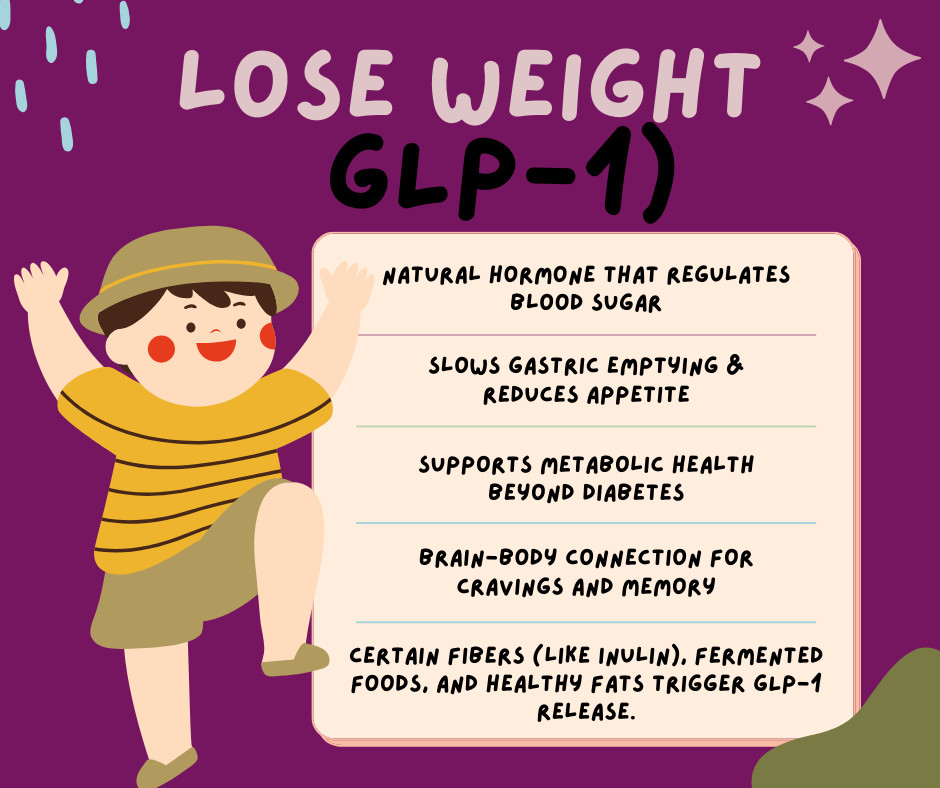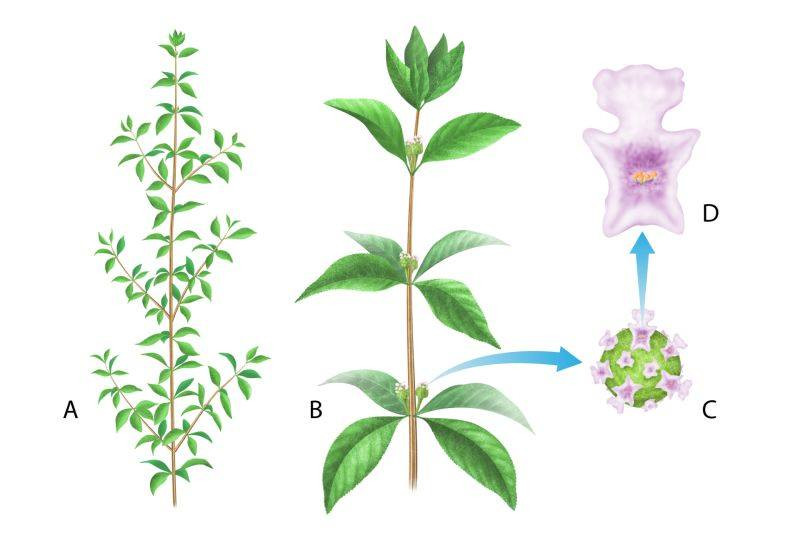
Glucagon-like peptide-1 (GLP-1) plays a pivotal role in metabolic processes, influencing glucose metabolism, appetite regulation, and gut function. Understanding and supporting healthy GLP-1 function enhances well-being and assists in achieving health goals.
Understanding GLP-1
GLP-1, an incretin hormone, originates primarily from L-cells in the ileum and colon following nutrient intake. This hormone stimulates insulin secretion, promotes insulin sensitivity, and inhibits glucagon release, assisting glucose metabolism. Additionally, GLP-1 acts on brain regions responsible for hunger and satiety, slowing gastric emptying and prolonging post-meal fullness. This multifaceted process aids in healthy weight management. Research indicates potential cardioprotective and neuroprotective benefits linked to GLP-1 function.
Factors Influencing GLP-1 Function
Several lifestyle factors disrupt GLP-1 secretion and signaling:
- Obesity: Excess body weight impairs GLP-1 response.
- Sleep Deprivation: Poor sleep interferes with GLP-1 secretion.
- Chronic Stress: Prolonged stress reduces GLP-1 expression.
- Gut Conditions: Gastrointestinal imbalances affect GLP-1 signaling.
Addressing these factors through lifestyle and nutritional adjustments enhances metabolic, endocrine, and gastrointestinal health.
Lifestyle Practices for GLP-1 Support
- Regular Physical Activity: Engaging in moderate-intensity exercises like brisk walking or cycling strengthens GLP-1 secretion and improves insulin sensitivity.
- Consistent Sleep Patterns: Establishing a regular sleep-wake cycle within a sleep-friendly environment—dark, cool, and quiet—encourages melatonin production and GLP-1 secretion.
- Effective Stress Management: Practicing movement, deep breathing, guided imagery, and laughter diminishes stress-related disruptions to GLP-1 function.
- Natural Hormone That Regulates Blood Sugar
GLP-1 gets released from the gut after eating and signals the pancreas to release insulin. It helps lower blood sugar without causing dangerous drops like some medications.
How GLP-1 Supports Health
Slows Gastric Emptying & Reduces Appetite
GLP-1 delays how quickly food leaves the stomach, promoting satiety and helping reduce food intake—one reason it contributes to weight loss.
Supports Metabolic Health Beyond Diabetes
GLP-1 influences fat metabolism, blood pressure, and even inflammation—offering benefits for heart health and insulin sensitivity in people without diabetes too.
Brain-Body Connection for Cravings and Memory
GLP-1 receptors in the brain affect reward pathways, reduce cravings, and may improve memory and neuroprotection—currently under study for Alzheimer's and Parkinson’s.
Nutritional Strategies for GLP-1 Optimization
Incorporating specific foods into daily meals naturally bolsters GLP-1 function:
- Soluble Fiber-Rich Foods: Oats, barley, beans, fruits, and vegetables slow digestion, modulating GLP-1 secretion.
- Protein-Packed Meals: High-protein options elevate GLP-1 levels more effectively than carbohydrate- or fat-rich meals.
- Omega-3 Fatty Acids: Salmon, tuna, cod liver, and calamari contribute to GLP-1 modulation via the GPR120 receptor, aiding glucose regulation.
- Bitter Foods and Herbs: Arugula, Brassica vegetables, ginger, and citrus activate bitter taste receptors, stimulating GLP-1 secretion.
Standard Process Nutritional Support
Standard Process provides targeted supplements for GLP-1 support:
- Whole Food Fiber: Supplies soluble and insoluble fiber, supporting intestinal motility, bowel health, and blood sugar balance.
- DiGest Forte: Features Gentian, Ginger, Tangerine, Wormwood, and Feverfew, enhancing digestion and gastrointestinal tone.
- Glucose Assist™ Chocolate: A low-glycemic blood sugar support shake containing plant-based proteins and carbohydrates for sustained energy and stabilized glucose levels.
- Tuna Omega-3 Oil: Bridges dietary omega-3 gaps, promoting inflammatory response regulation and overall well-being.
Integrating GLP-1 Support into Daily Life
Embracing a holistic approach to health involves weaving these practices into everyday routines:
- Balanced Nutrition: Prioritizing meals rich in fiber, lean protein, omega-3 fatty acids, and bitter foods fosters GLP-1 optimization.
- Consistent Exercise: Committing to at least 150 minutes of moderate-intensity aerobic activity weekly amplifies GLP-1 secretion and insulin responsiveness.
- Quality Sleep: Securing 7-9 hours of restful sleep sustains circadian rhythms and metabolic stability.
- Mindful Stress Management: Engaging in daily relaxation practices preserves GLP-1 function and metabolic harmony.
Supporting GLP-1 function through lifestyle modifications and nutritional interventions empowers individuals to elevate metabolic health and overall vitality.
The product recommendations and information presented originate from research conducted by Standard Process Inc. concerning its products and formulations. Healthcare practitioners should use their professional judgment regarding product recommendations based on clinical assessments.
#GLP-1, #METABOLIC HEALTH, #NUTRITION, # PROCESS, #WEIGHT MANAGEMENT,# BLOOD SUGAR SUPPORT, #HEALTHY LIFESTYLE, #DIETARY SUPPLEMENTS, #HOLISTIC WELLNESS, #INSULIN SENSITIVITY
On a side note: eat only low oxalate vegetables;































0 Comments